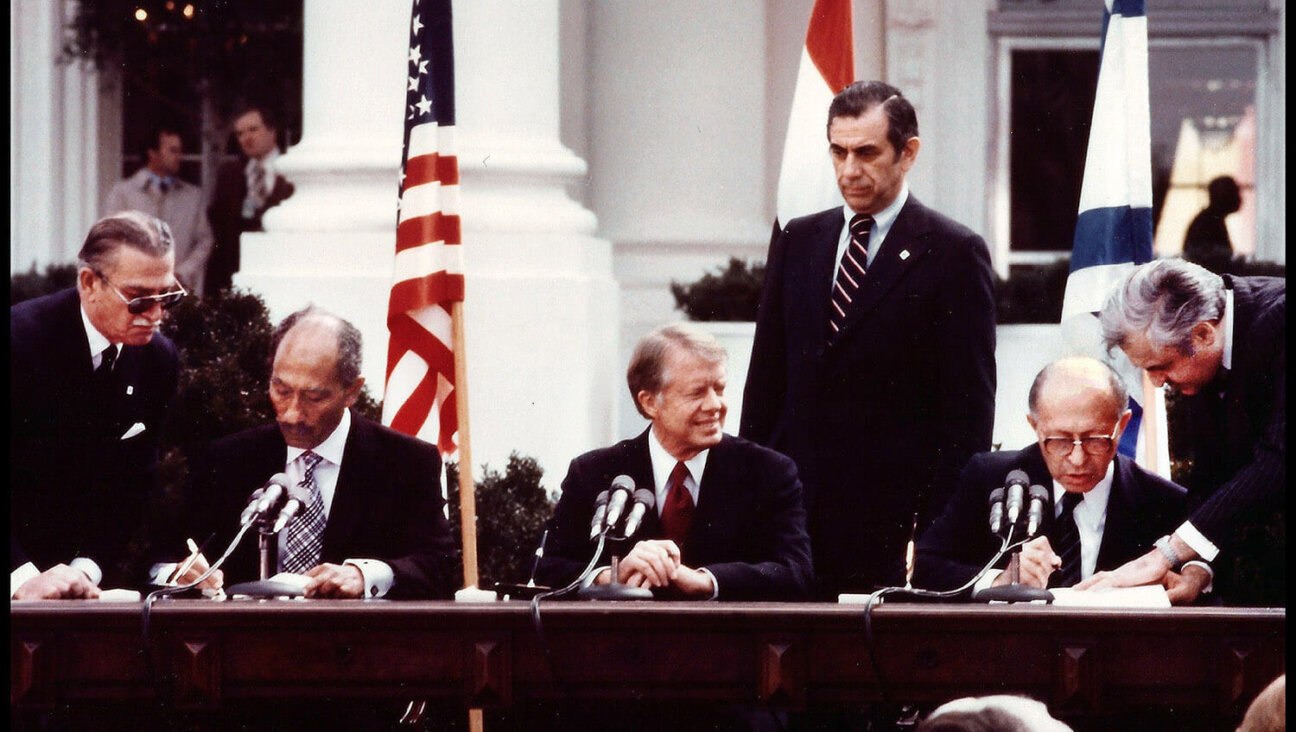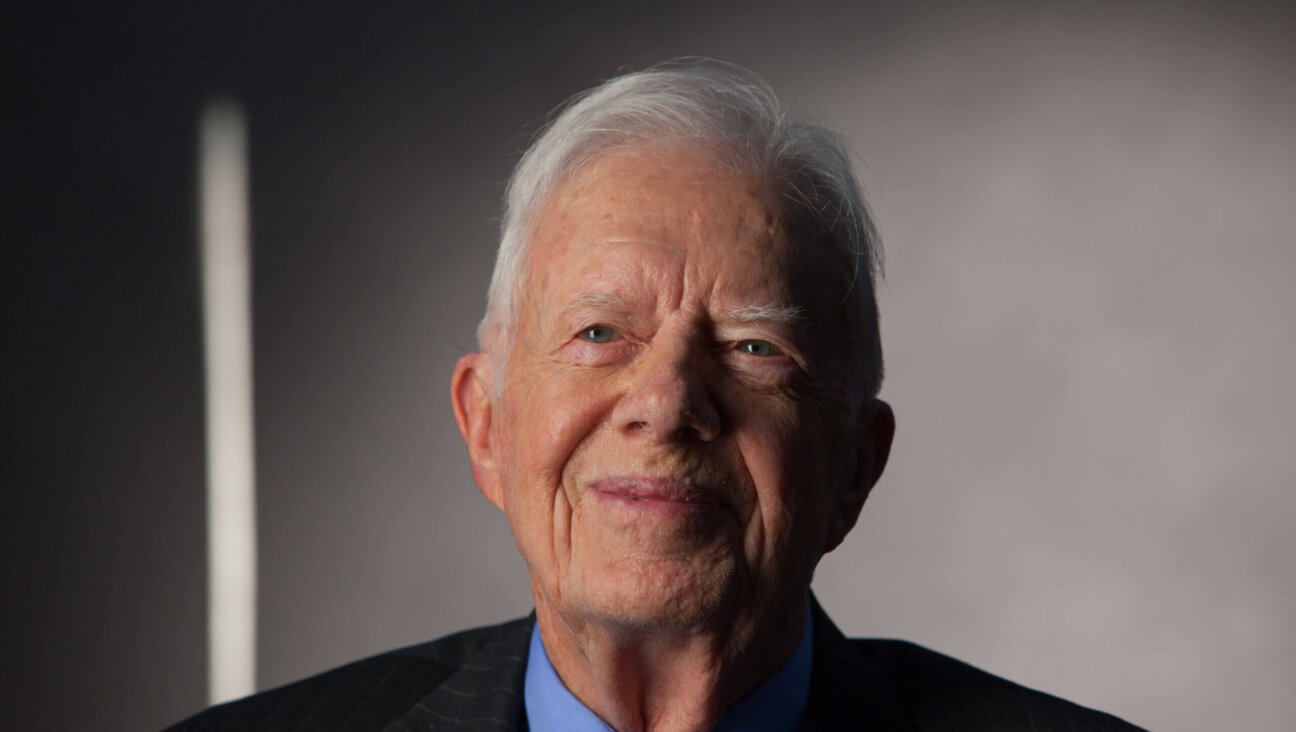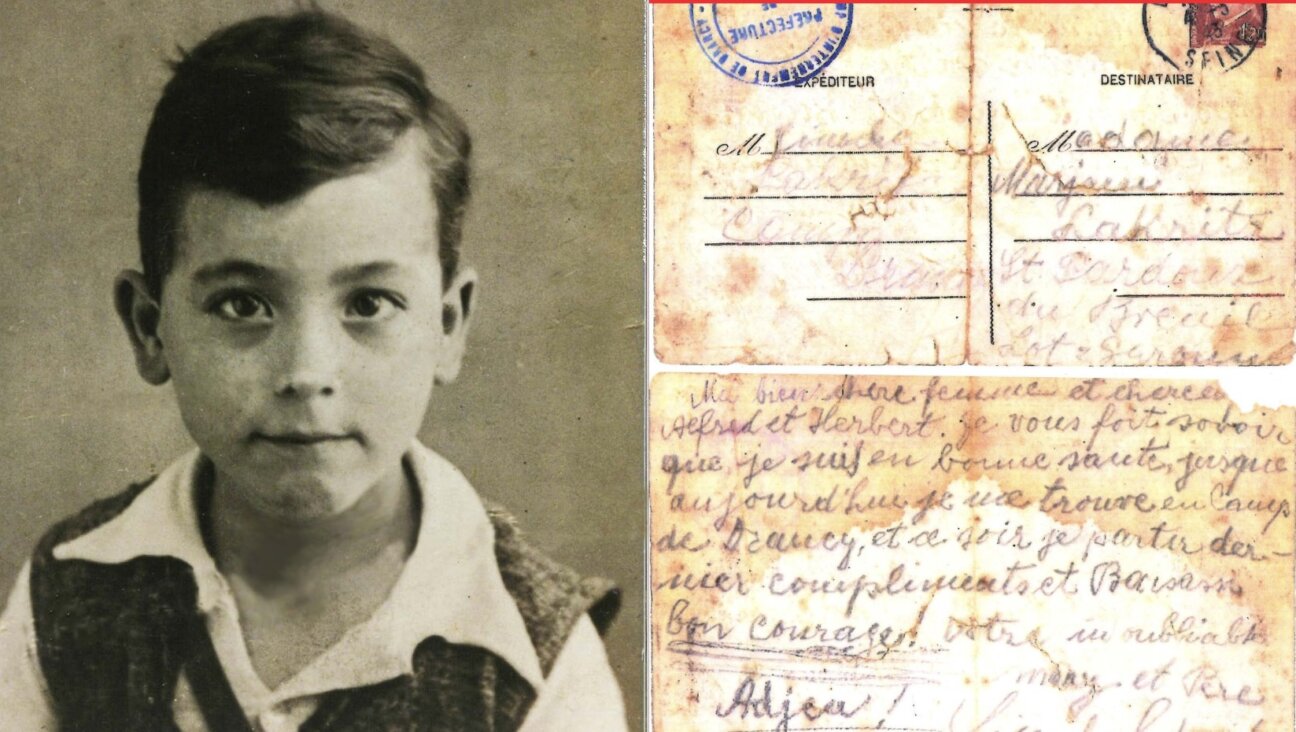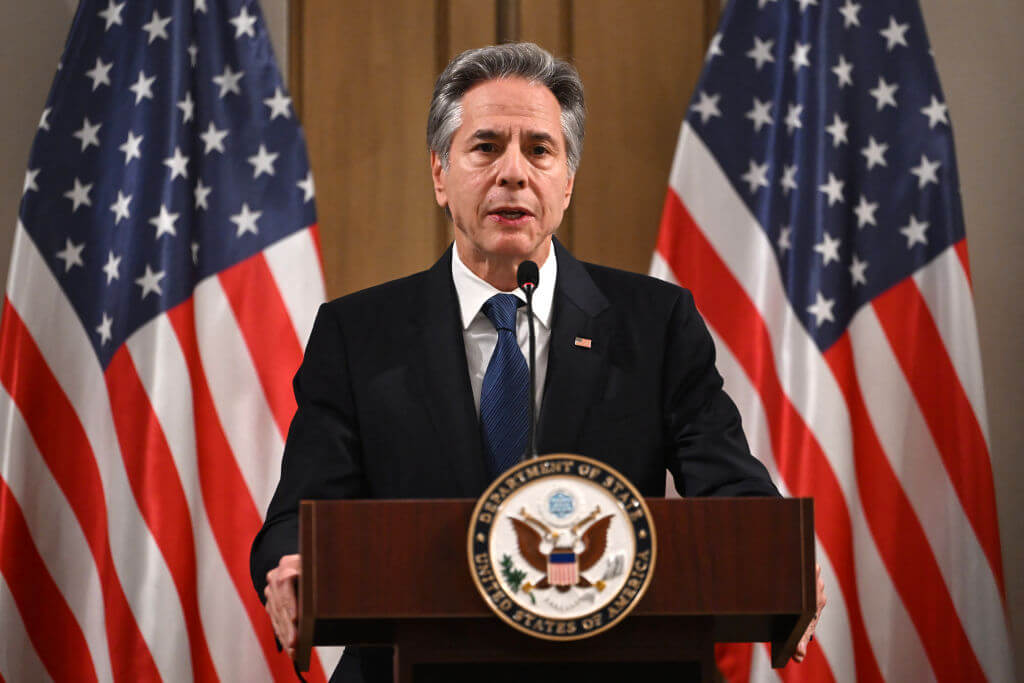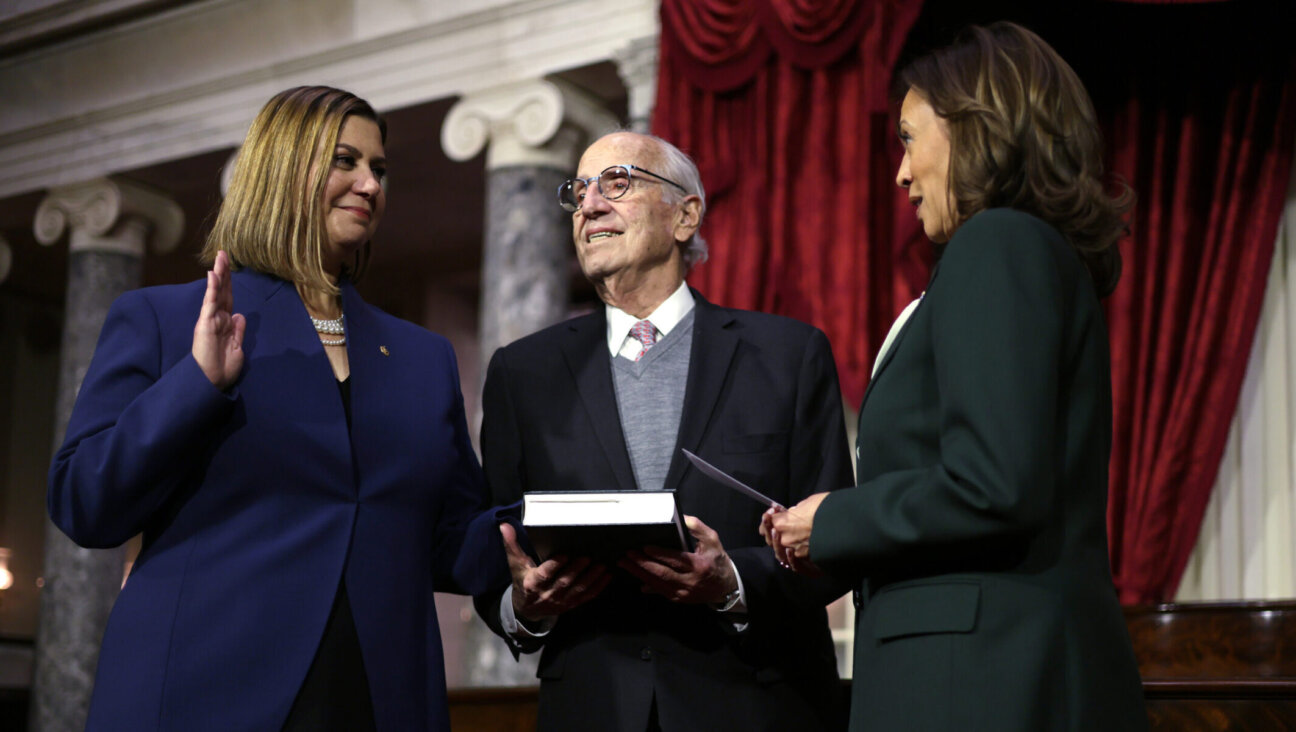Bush Keeping Slots Open for Resettlement of Refugees
The Bush administration announced last week that it will leave the door open for the resettlement of as many as 70,000 refugees in the United States over the next year, allaying fears of refugee advocates that the resettlement program was on the brink of demise after years of declining admissions.
Since the September 11 terrorist attacks, the number of refugees resettled in the United States has dropped precipitously. While 70,000 slots were allotted for refugees in each of the last two years, only 27,000 refugees actually made it to America during fiscal year 2002, and barely 1,000 more came in fiscal year 2003, which ended September 30.
The low admissions totals of the past two years fueled speculation that the program would be scuttled at a time when the need for it was greater than ever, with the worldwide refugee population having ballooned to more than 10 million. The administration’s announcement calmed these fears, while still leaving concerns that the far fewer than 70,000 refugees will actually be admitted.
“There is a lot of hope,” said Leonard Glickman, president of the Hebrew Immigrant Aid Soviet and chairman of the Refugee Council USA. “We want to encourage the people who are advocating on behalf of the program to continue. At the same time, you can’t run away from your record, and our record for the past few years has been bad.”
The Refugee Resettlement Program was founded in 1980 to formalize America’s long-standing position as a haven for refugees, specifically those escaping communist persecution. During the 1980s almost 85% of the refugees admitted under the program came from Vietnam and the Soviet Union. The Jews coming from the Soviet Union, and more recently from Iran, made the program a central political concern of the American Jewish community.
As the flow of refugees from Vietnam and the Soviet Union slowed down during the 1990s, however, the program was scaled back, from the 200,000 slots open in the 1980s to 80,000 slots in fiscal year 2001. Even before the September 11 terrorist attacks, there were questions as to whether the refugee program would adjust to a post-communist world that has even more refugees in need of resettlement.
After the September 11 attacks, the refugee program shut down completely for three months as security procedures were totally overhauled. Even more disconcerting to refugee advocates, however, were the numbers of admissions once the program resumed.
The 27,000 refugees who made it to America in fiscal year 2002 represent the lowest number in the history of the refugee program. When the figure barely rose in 2003, this time without the three-month hiatus of 2002, observers wondered if the administration had given up on the program.
“There was a real fear that this program was going to be cut, which would be at variance with the history and the values of the United States,” said Roberta Cohen, a senior fellow at the Brookings Institution who studies refugee issues.
Refugee advocacy groups were unanimous in commending the administration for not responding to the low admissions levels of recent years by further lowering the refugee quota. But they remain concerned about whether the government will do any better at meeting its goals this year.
The primary obstacle to filling all the allocated refugee slots has been the increased security checks required since the September 11 terrorist attacks. A review process that used to take a few weeks now takes months, particularly for refugees coming from countries with significant Muslim populations, including Russia and Iran. In addition, the threat of terrorism has prevented American representatives from even reaching the processing centers for interviews.
An even more entrenched problem, however, is the limited number of refugee populations that the United States even considers for resettlement.
Because the program was designed during the Cold War, the two main eligible categories of refugees apply only to individuals or members of minority groups from approximately a dozen countries (including Jews from Iran and the former Soviet Union). The third category is refugees referred by the United Nations High Commissioner for Refugees, but as they have to be referred to American authorities on an individual basis, the number of refugees who can avail themselves of this category is limited.
“The refugees in need have changed,” said Hiram Ruiz, director of communications at the U.S. Committee for Refugees, “but the system put in place to respond to the original needs has not changed.”
The State Department, which administers the program, has said it is committed to making the necessary changes. “We’ve been disappointed by the past two years,” a State Department official told the Forward. “We’ve had to systematically examine our program.”
Refugee advocates, however, say that continually examining the problems without corresponding action will not change anything.
“There has to be a will to solve problems, and not just a will to raise problems,” said HIAS’s Washington representative, Gideon Aronoff. “When they want to solve problems and move these vulnerable people, they are able to.”
A message from our Publisher & CEO Rachel Fishman Feddersen

I hope you appreciated this article. Before you go, I’d like to ask you to please support the Forward’s award-winning, nonprofit journalism so that we can be prepared for whatever news 2025 brings.
At a time when other newsrooms are closing or cutting back, the Forward has removed its paywall and invested additional resources to report on the ground from Israel and around the U.S. on the impact of the war, rising antisemitism and polarized discourse.
Readers like you make it all possible. Support our work by becoming a Forward Member and connect with our journalism and your community.
— Rachel Fishman Feddersen, Publisher and CEO









